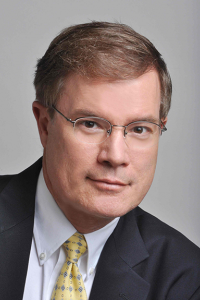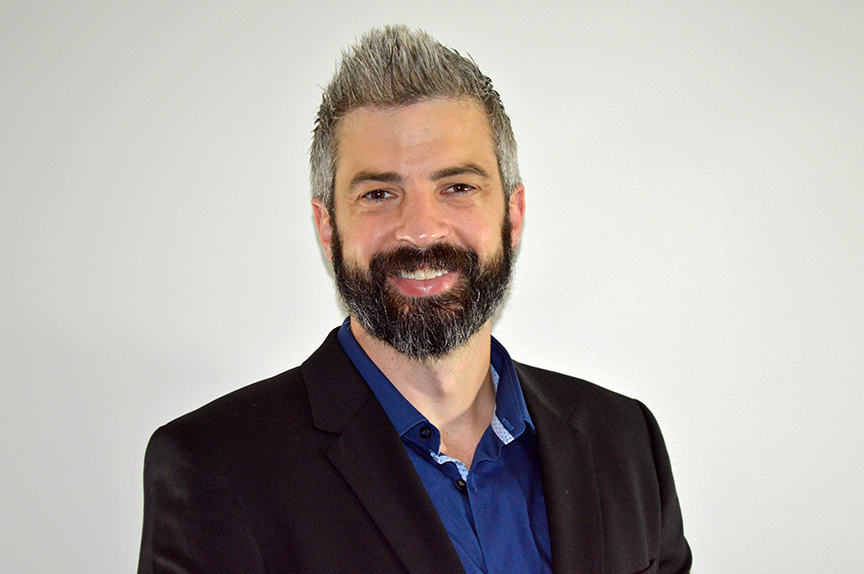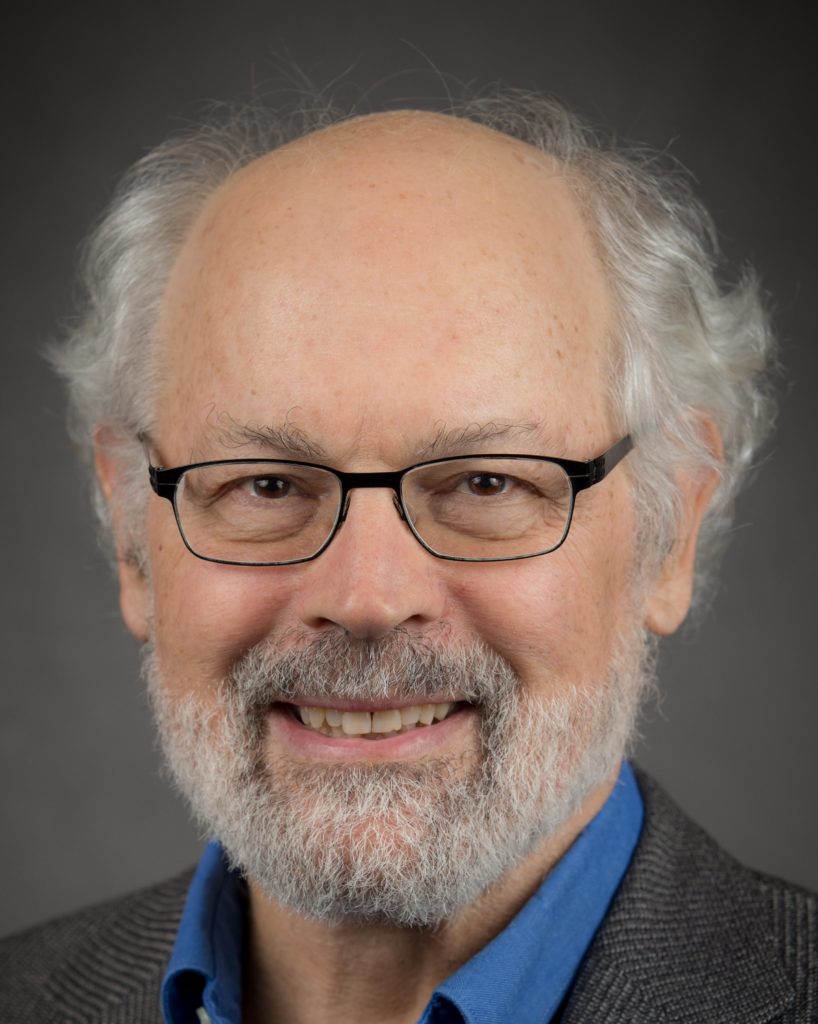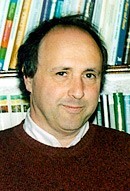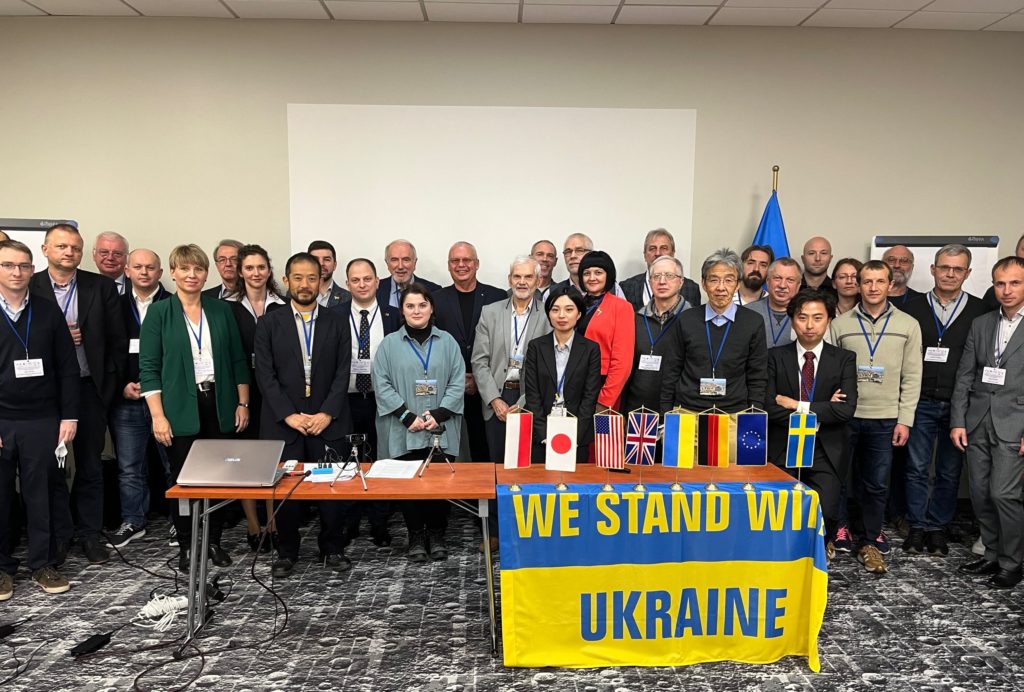Posts by Christina Castellanos
New CAMPEP Accreditation of Graduate Program in Medical Physics
New CAMPEP Accreditation of Graduate Program in Medical Physics August 22, 2023 Our Nuclear Engineering graduate program has recently received the CAMPEP accreditation for medical physics. The new track within the doctoral program – implemented jointly with the Department of Radiation Oncology at UC San Francisco – allows our student to obtain a certification to…
Read More“Future Directions for Nuclear Energy”
SPEAKER: Per F. Peterson Distinguished Professor William and Jean McCallum Floyd Endowed Chair Department of Nuclear Engineering DATE/TIME: FRI, 04/14/2023 – 3:00PM TO 4:00PM LOCATION: 3105 ETCHEVERRY HALL Spring 2023 Colloquium Series Abstract: Fission energy is currently the largest source of zero-carbon electrical power in the United States, but expanded use has stalled due to…
Read MoreAb Astris ad Terram, ad Astra Iterum: Radiation Effects Engineering – An Overview
SPEAKER: Greg Allen Senior Radiation Effects Engineer, Center for Space Radiation Lead DATE/TIME: FRI, 02/17/2023 – 3:00PM TO 4:00PM LOCATION: 3105 ETCHEVERRY HALL Spring 2023 Colloquium Series Abstract: Radiation effects engineering is a highly multidisciplinary, rapidly growing field within the aerospace industry. NASA Jet Propulsion Laboratory’s Greg Allen will be discussing the fundamentals of the…
Read MoreOverview of INL RELAP5-3D system code and examples of application to reactor analysis.
SPEAKER: Dr. Paolo BALESTRA ART-GCR Methods Lead DATE/TIME: FRI, 02/10/2023 – 3:00PM TO 4:00PM LOCATION: 3105 ETCHEVERRY HALL Spring 2023 Colloquium Series Abstract: RELAP5-3D is the latest in the RELAP5 code series developed at Idaho National Laboratory (INL) for the analysis of transients and accidents in water-cooled nuclear power plants and related systems as well…
Read MoreGlobal Famine after Nuclear War
SPEAKER: Professor Alan Robock Department of Environmental Sciences Rutgers University New Brunswick, NJ, USA http://climate.envsci.rutgers.edu/nuclear/ E-mail: robock@envsci.rutgers.edu DATE/TIME: FRI, 02/03/2023 – 3:00PM TO 4:00PM LOCATION: 3105 ETCHEVERRY HALL Spring 2023 Colloquium Series Abstract: The world as we know it could end any day as a result of an accidental nuclear war between the United States…
Read MorePlanetary nuclear spectroscopy
SPEAKER: Mauricio Ayllon Unzueta NASA Postdoctoral Fellow (NPP) DATE/TIME: FRI, 01/19/2023 – 3:00PM TO 4:00PM LOCATION: 3105 ETCHEVERRY HALL Spring 2023 Colloquium Series Abstract: Planetary nuclear spectroscopy is a blanket term used to describe gamma ray and neutron spectroscopy of planetary surfaces. Spectrometers of this kind are able to measure the bulk elemental composition of…
Read MoreLong-lived radionuclides from the Fukushima nuclear power plant in Japan, and consequences for Pacific ecosystems and seafood consumers
SPEAKER: Nicholas Fisher Distinguished Professor School of Marine and Atmospheric Sciences Stony Brook University, Stony Brook, New York DATE/TIME: FRI, 10/28/2022 – 3:00PM TO 4:00PM LOCATION: 3105 ETCHEVERRY HALL Fall 2022 Colloquium Series Abstract: After the Fukushima accident in March 2011, marine organisms, seawater and sediment were contaminated with both 134Cs and 137Cs that was…
Read MoreMulti-scale multi-physics requirements for space reactors
SPEAKER: Vedant K. Mehta, Ph.D. R&D Engineer DATE/TIME: FRI, 10/14/2022 – 3:00PM TO 4:00PM LOCATION: 3105 ETCHEVERRY HALL Fall 2022 Colloquium Series Abstract: Next-gen small nuclear reactors or microreactors are gaining significant attention due to their utilization extending to civilian, military, and space applications. A few of the unique features that distinguish these reactors from…
Read MoreJake Hecla attending international meeting in Poland to discuss situation in Ukraine
Jake Hecla attending international meeting in Poland to discuss situation in Ukraine October 10th, 2022 Jake Hecla (on the left) and the participants of the “Environmental Radioactivity Risks in Ukraine” conference. Jake Hecla, one of our graduate students in the Department of Nuclear Engineering attended the international meeting on “Environmental Radioactivity Risks in Ukraine” last…
Read MoreThe SPARC Toroidal Field Model Coil and the high-field path to fusion energy
SPEAKER: Zach Hartwig The Robert N. Noyce Career Development Professor and Associate Professor of Nuclear Science and Engineering DATE/TIME: FRI, 10/07/2022 – 3:00PM TO 4:00PM LOCATION: Webinar Fall 2022 Colloquium Series Abstract: Recent advances in high field superconducting magnet technology have opened a pathway to achieving fusion energy on accelerated timescales that could enable fusion…
Read More
